Ca Circulation experiment
This experiment encourages the students to discover the characteristics of natural materials, better their cooperation skills and to understand the circulation of Calcium through visual learning.
The experiment trains the children’s ability to work together, discover different naturally occuring materials and to understand the circulation of Calcium
Quick facts about the experiment:
| Target group |
Children above 11 years old, in groups of 2-4 children
|
| Facilitator |
Teacher
|
| Time scale |
15 minutes
|
| Location |
Indoor or outdoor
|
| Goal |
Development of cooperation skills, discovering materials, to learn about the circulation of Ca
|
| Materials |
Limestone with shells in it and sand of limestone, bottle of frozen sparkling water, dry leaves from trees (both whole and crumbled), some soil and a potted plant, shells, plates
|
How to:
- Investigate your materials. What do you have? Touch them, smell them and investigate them with a magnifying glass.
- Create one big visual circulation of the materials together as a group. Make the circle move from living material to dead material. How should the circle look?
- Discuss when a living material becomes a dead material. What is dead and what is alive?
- Other discussion points:
- How does our human body connect to that circle?
- Which part of a human body needs Ca?
- Is the circulation of material important?
- Recyclability – how are these materials recyclable?
- Are there any CH3COOH reactions (limestone, shells, limescale from bathroom)?
- Try to identify CaCO3 in the used materials. Are there any?

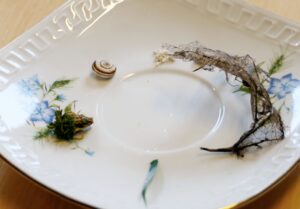

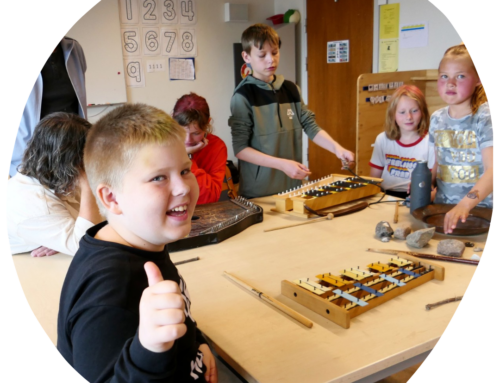
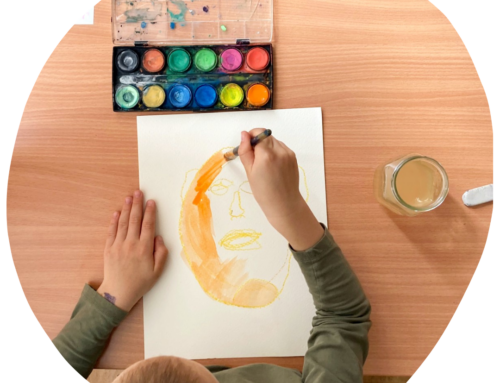
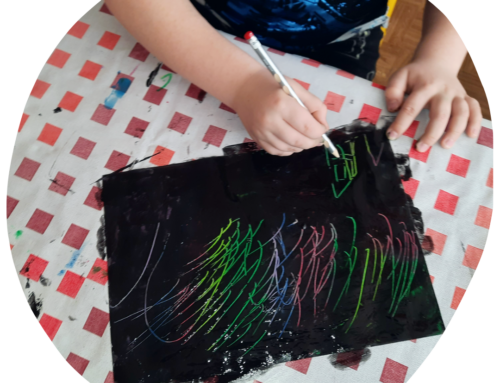
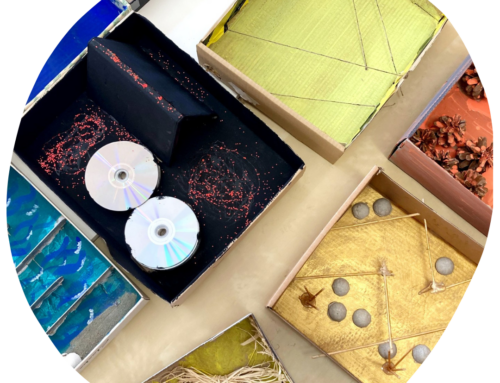
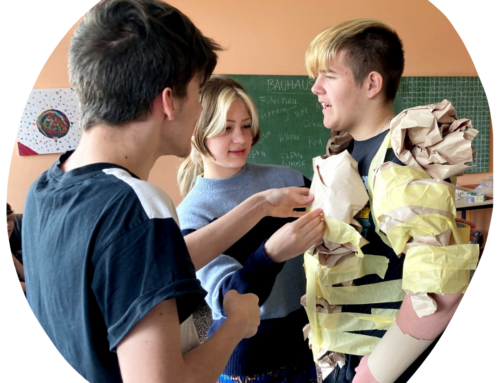
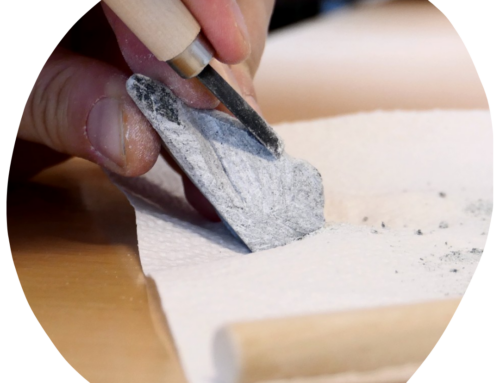
[…] Stone experiment #3: Ca circulation […]
a brilliant way to see relations between elements in our world. A representation of ecosystems. materials with inherent aestetcs and a calmness.